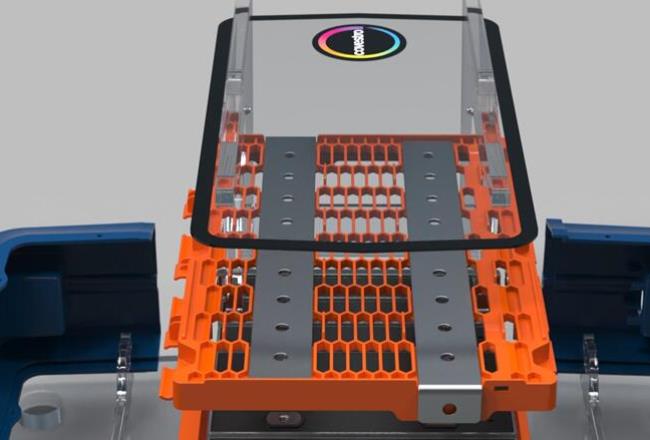
The transformation of electric mobility demands breakthrough solutions
Let’s rethink traditional solutions together!
Battery system design serves as a critical foundation for EV performance and safety, with cell contacting systems playing a crucial role in ensuring reliable power supply. In this context, a high Comparative Tracking Index (CTI) according to IEC 60112 is used to assess the relative resistance of insulating materials to avoid electrical breakdown at high voltages. As the demand for longer driving ranges grows, batteries and the corresponding size of plastic applications grow as well. Traditional development approaches using fiber-reinforced semi-crystalline materials with high CTI can cause difficulties during battery production ramp-up due to warpage issues. The challenge will increase as the parts become larger and more electric vehicles need to be produced.
Go beyond semi-crystalline materials with Covestro premium Polycarbonates
Covestro addresses this challenge by combining the best of two material worlds, the high CTI a property often associated with semi-crystalline plastics (according to IEC60112, solution A, 50 drops, measured al UL) with the dimensional stability and property consistency of amorphous polycarbonates. The innovative high CTI Polycarbonate (PC) solution transforms how battery cell contacting systems are developed and manufactured using the advantages of unfilled amorphous PC – high dimension stability, high flame retardancy (FR), high heat resistance and excellent mechanics.
High CTI Polycarbonate solutions
Our high CTI battery material solutions, Bayblend® FR3015 CTI and Makrolon® FR6019 CTI, offer safety, and processability for cell contacting systems within battery applications, while raising the performance over conventional PC materials in terms of electrical insulating properties:
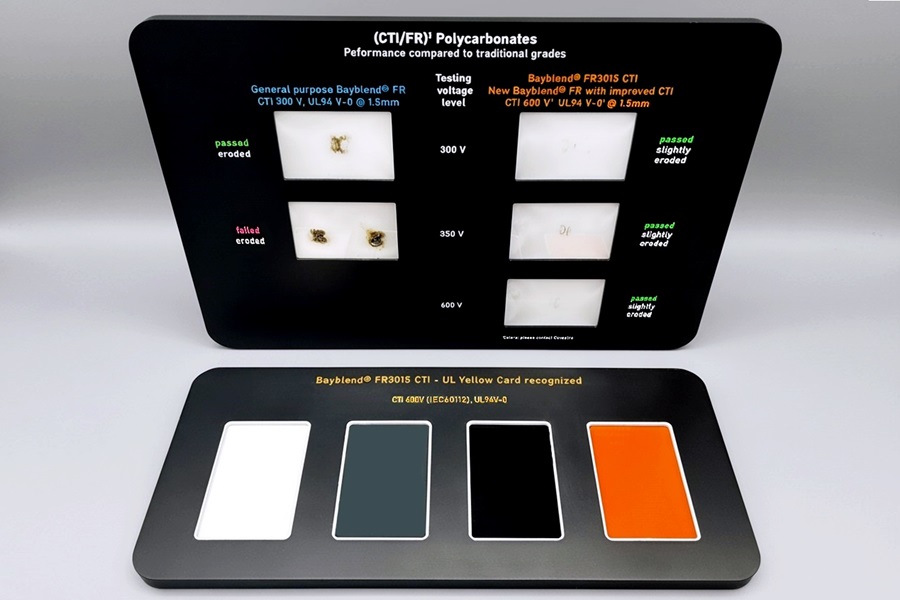
- Highest possible CTI-rating of 600V according to IEC60112 (50 drops, solution A, measured at UL)
- UL94 V-0 flame retardancy rating at 1,5 mm
- Exceptional dimensional stability and low isotropic shrinkage achieved without glass fibers
- Stable properties across a wide temperature range
We additionally offer global manufacturing support, ensuring consistent quality and scalable solutions for the fast-growing battery market.
Experience the Cell-Contacting Demonstrator
Our Cell-Contacting Demonstrator serves as a conceptional illustration of the possibilities of advanced polycarbonate technology in EV battery design solutions:
- Highest accuracy injection molding solutions for cell contacting applications with isotropic shrinkage and low warpage for all cell types
- Best in class CTI-rating for flame retardant battery materials with UL recognized colors ensuring CTI and FR performance, without electrolytical corrosion risks at 120V, 400V & 800V (IEC 60426:2007, 24h, 23°C, 50% r.h., natural color)
- Consistent properties nearly independent from temperature or humidity in use conditions
- Efficient production of battery components enabling fast production cycles with low scrap rates
Beyond material solutions: A holistic development approach
Covestro delivers complete support from concept to mass production for innovative battery system solutions, addressing critical customer pain points:
- Expert assistance in part design, as well as mechanical, rheological, and thermal simulations
- Component testing and R&D capabilities for application optimizations
- Global development centers with experts in Pittsburgh, Shanghai, and Leverkusen
- Dedicated support for mass battery production launches
Visit us at K2025 to experience firsthand how our material innovation is transforming battery technology - proving that the right combination of advanced materials and application expertise creates effects that exceed traditional performance boundaries.
Key benefits
- Electrical creepage resistance and burning behavior: UL94 V-0 at 1.5 mm and a CTI rating of 600V acc. to IEC60112 (50 drops, solution A, measured at UL)
- Dimensional stability: Low & predictable shrinkage, low warpage
- Impact resistance: Excellent ductility without glass fiber reinforcement
- Mechanical behavior: Almost constant mechanical properties over a wide temperature range in combination
- Electrical properties: Almost constant electrical strength and volume resistance over a wide temperature range

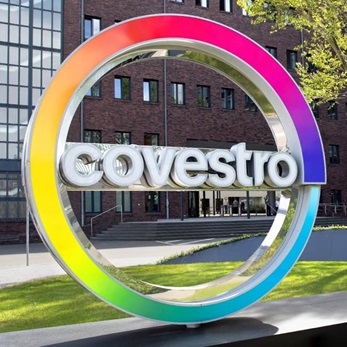


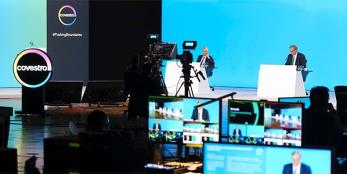

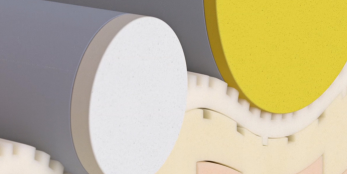
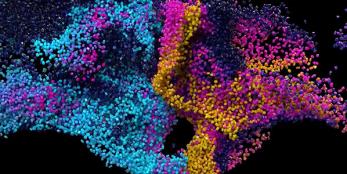


.jpg?h=675&w=900&rev=ed1dc5ef4166420bb2adddd6e4cd405d&hash=B8CC6B6201D03EB3BA71360C8E8CA29B&usecustomfunctions=1¢ercrop=1)
.jpg?h=675&w=900&rev=0a38ec9394354ec4bf30daffbf5f26aa&hash=09D41AF960D3680D3CEF23135234F8CB&usecustomfunctions=1¢ercrop=1)






.jpg?h=140&w=280&rev=ffdc54e0d9f14057849a7fbed34d9db2&hash=B639F0B215BF1B057C6572946047FEC9&usecustomfunctions=1¢ercrop=1)

